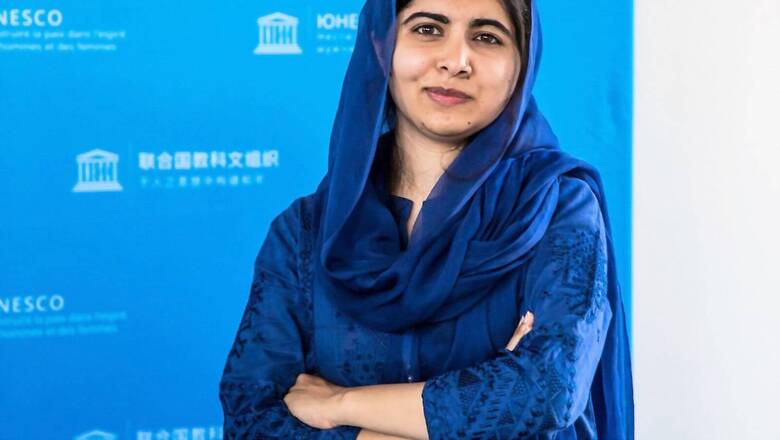
views
Malala Yousafzai is at it again. A true rent-a-cause activist, just like Greta Thunberg and Rihanna, she has jumped into the ongoing hijab controversy in India. It so happened that a private college in Karnataka’s Udupi district barred a few hijab-wearing Muslim girls from attending classes. Malala is aghast at the college “forcing us to choose between studies and the hijab”. For Malala, “refusing to let girls go to school in their hijab is horrifying”. She adds, “Objectification of women persists — for wearing less or more. Indian leaders must stop the marginalisation of Muslim women.”
Malala has come a long way from being a young Pakistani girl who dared to look in the eyes of the Taliban when they threatened her from attending school. In 2012, she was shot in the head by the Islamist militia for her campaign in favour of education of girls in Pakistan. She then thought “wearing a burqa is like walking inside a big fabric shuttlecock with only a grille to see through and on hot days it’s like an oven,” as she confessed in her memoir, I Am Malala. In another book that she co-authored with Patricia McCormic, Malala: The Girl Who Stood Up for Education and Changed the World, she went further: “Living under wraps seemed so unfair — and uncomfortable. From an early age I told my parents that no matter what other girls did, I would never cover my face like that. My face was my identity.”
Today, 10 years later, in the comforts of the ultra-liberal West, Malala’s worldview seems to have turned upside down: Hijab today symbolises freedom for her. It helps Muslim women fight against their sexist commodification. Incidentally, the country that awarded Malala the Nobel Peace Prize has already banned burqa and niqab in schools and colleges. She is yet to criticise Norway for doing that. In 2009, Switzerland banned minarets despite the existence of just four minarets in that country. The ban continues till date, but Malala is yet to condemn the Swiss. Maybe she thinks Asian Muslim women deserve the hijab/burqa barrier to protect their modesty!
Malala, however, isn’t an exception. She, in a way, epitomises the great liberal tradition of standing up for Islamist fundamentalists. As Ayaan Hirsi Ali writes in Heretic: Why Islam Needs A Reformation Now, “I never cease to be amazed by the fact that non-Muslims who consider themselves liberals — including feminists and advocates of gay rights — are so readily persuaded by these crass means to take the Islamists’ side against Muslim and non-Muslim critics.”
These liberals would work overtime to look for excuses to accommodate the extremist worldview. They would perversely intellectualise the exorbitant demands made by Islamists to give them legitimacy: They would make us believe that the likes of Ayaan Hirsi are the real problems accusing the latter of upsetting and offending “the faith community of Islam”, as Christopher Hitchens writes in the ‘Foreword’ of Ayaan Hirsi’s memoir, Infidel: My Life. It is this liberal propensity to patronise and pamper the Islamists that explains why in the Udupi hijab case, the college management is being pilloried as a villain of the piece, and not the hijab girl and her family who decided to breach the common dress code agreed upon by all those studying there. There is a reason why the school dress is called “uniform”! But one is hardly surprised with the liberal reaction, especially in a country where anything associated with uniform — either a uniform school dress or the Uniform Civil Code — is deemed communal.
Such is the sanctity of the so-called liberal code that even the high priests of secularism, as was the case with Ramachandra Guha a couple of years back, don’t come out unscathed when they occasionally take a contrarian position. Guha, for instance, in his article, ‘Liberals, Sadly’ (The Indian Express; March 2, 2018), while reminding his “friend of some 40 years” Harsh Mander’s defence of burqa and skullcap, wrote that the two represented the “most reactionary” and “antediluvian” aspect of the faith. “To object to its display in public is a mark not of intolerance but of liberalism and emancipation,” Guha wrote. With this single incident of defiance, Guha who, writes Hasan Saroor in Who Killed Liberal Islam, “had until then been a darling of liberal Muslims, turned from hero to zero. Et tu Guha? they asked in bewilderment, calling his remark patronising”.
Then, of course, there is a liberal tendency to muddle the issue by comparing it with “reliefs” being given to other faiths. Congress MP Shashi Tharoor’s recent tweet is an apt example of what’s wrong with Indian liberals. “It’s been a strength of India that everyone is free to wear what they want. If the hijab is disallowed, what about the Sikh turban? The Hindu’s forehead mark? The Christian’s crucifix? This college (Udupi’s) is going down a slippery slope. Let the girls in. Let them study. Let THEM decide,” Tharoor tweeted on the controversy.
Interestingly, and ironically, Tharoor, deliberately or otherwise, compared hijab with, say, tilak or turban. Can the two be compared? Unlike hijab, these two are not forcefully imposed on anyone. These are not the objects of submission, used to sexually objectify women by the male members of their respective families. Yes, hijab can be compared with purdah. And like hijab, purdah too should not be allowed in educational institutions.
The larger point is who decides what can be allowed in a school or college. Will it be decided by the respective educational institutions, students and their parents, government, Shashi Tharoor … who? What if tomorrow, a student hailing from a Shaivite family decides to take trishul to school? Where will all this end? In fact, if we look back at the Islamic world, such concessions only lead to a demand for bigger concessions. Today, it’s hijab. Tomorrow, it is going to be burqa. Day after, there may be calls for girls-only schools. And in the end, we all would be arguing if we need a school for girls. Any sane person would say in matters like this one, institutional rights must weigh over individual rights, as the Kerala High Court decided in the Fathima Tasneem Vs State of Kerala (2018).
As we deliberate the issue, the Karnataka High Court is hearing the plea and whether hijab is an essential part of Islam. It’s going to be a tricky task. For, what’s fundamental in a religion can be extremely subjective. Even the Islamic scholars are divided on the issue: Will it be only about things mentioned in the Quran or will Hadiths also be added to this illustrious list?
A number of practices justified in the name of Sharia have no Quranic sanctions, says Ed Husain as he writes in The House of Islam: A Global History: “The Quran does not mention stoning adulterers to death … Nor does it mention men growing their beards … or women covering their hair. All these actions are derived from the alleged saying of the Prophet. Muslims have lost the courage to question Hadiths that do not align with the Quran.”
But then there are others who believe Hadiths are as integral part of Islam as the Quran is. For them, Hadiths are nothing but Quran in action, as they chronicle the life and times of the Prophet. Even in matters found in the Quran, there is no unambiguous unity, though every Muslim believes in its divine origin. For, fundamentalist Muslims sharpen their arguments based on the Medina School of Quran where the Prophet is seen to be taking a non-compromising stand vis-à-vis his opponents, political as well as religious. The so-called liberals, on the other hand, tend to quote the Mecca School of Quran where the Prophet takes a conciliatory approach vis-à-vis his adversaries. Both Islamists and liberals work in silos, interpreting the Quran as per their convenience. So, while liberals tend to deny any extremist stand in the Quran, the truth is this fundamentalist facet is very much present in the holy book. Denying one or the other, ostrich-like, doesn’t wish away reality.
At the core of the hijab controversy is the tendency among a section of Muslims to look compulsively different from the rest! And this has been a reality since the very beginning of Islam. Arun Shourie writes in The World of Fatwas, “From the days of the Prophet himself there has been the anxiety to always make sure that they are different, to show that they are different, to insist that they are different.” No sooner had the Prophet consolidated his position in Medina, “the Qiblah was changed from Jerusalem to the Kaba, the festivals and holidays were altered”. Some of the attempts to make Islam look different from others may look silly and ludicrous to a modern mind, but that has been the case nonetheless. For instance, to make one’s appearance strikingly different from a Jew, a Muslim was told to trim his moustache and grown beard! Or, he was exhorted to deliberately wear shorter pajamas!
The mindset of a hijab-supporting Muslim can be gauged from the statement of Maulana Mohammed Ali, who during the Khilafat movement was seen kissing Mahatma Gandhi’s feet and would hail him as “the most Christ-like man of our times”. But when asked from the point of view of religion, the Maulana found Gandhi’s character “inferior to any Mussalman though he be without character”.
People with this kind of exclusivist mindset should never be compromised with. Unlike what some of our liberals would like us to believe, one concession would invariably lead to another, till there would be nothing to concede one day. As for Malala, she owes it to those women and girls who weren’t fortunate enough to come out of the Taliban terrifying grip. But given her recent opportunistic, rent-a-cause kind of activism, it may be too much to expect from her.
Read all the Latest Opinions here










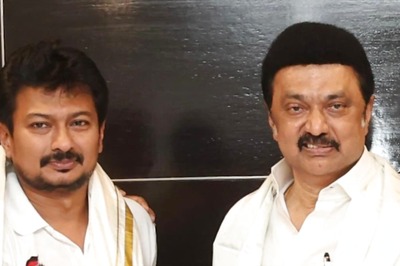


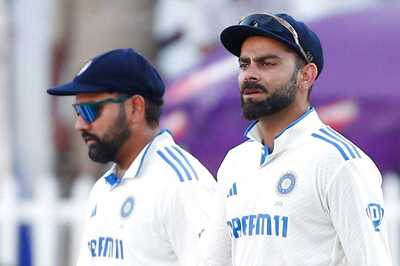
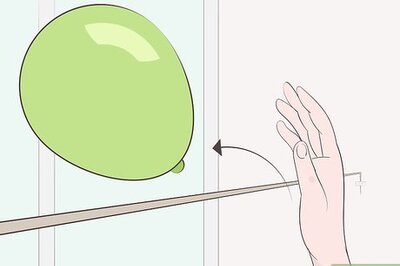
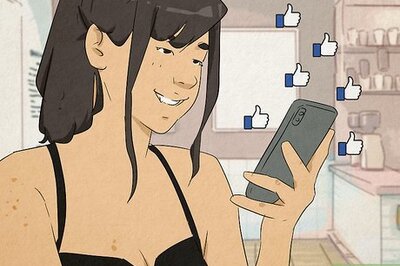




Comments
0 comment